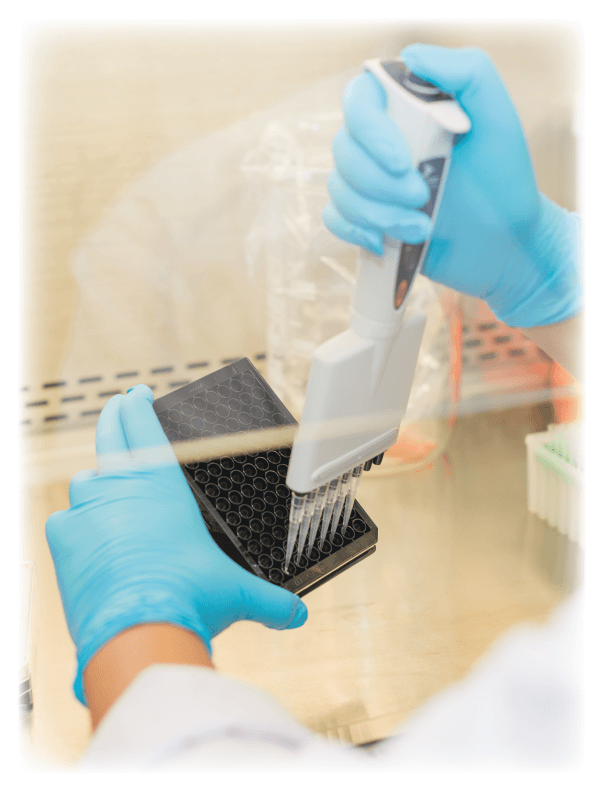Parkinson’s Awareness Month
15/01/2024

Parkinson’s Awareness month is upon us. We’ve put together this blog to explore this condition, and how stem cell banking could be the key that unlocks a more positive future.
Along with the warmer weather and a welcome break at Easter, also comes Parkinson’s Awareness month.
Some events to raise consciousness are featured as a single day, others – allocated a specific week. However, given the serious nature of Parkinson’s Disease, here at Cells4Life, we’re pleased that this awareness drive continues throughout the whole of the month – with a special World Parkinson’s Day on April 11th, raising awareness of surely one of the most distressing degenerative diseases we know of. And, as you may know, there is no known current cure.
What is Parkinson’s?
Parkinson’s Disease is brain disorder. It can lead to shaking, stiffness, problems with walking, balance and coordination. To expand a little, it affects the dopamine-producing neurons in certain parts of the brain, causing the neural systems start to malfunction.
The symptoms often begin gradually – you’d hardly notice them, then sadly, they get worse as time goes on. Mental and behavioural changes could be noticed; problems with depression, sleeping and memory, too.
Tremors are common, and speech becomes difficult. In effect, we could say that someone with Parkinson’s has a brain that’s just letting them down rather badly, and keeps on doing so a little bit more over time.
Parkinson’s affects more men than women (nobody knows why), and although most people develop the disease at about age 60, as many as 10 per cent of sufferers can develop the disease before they’re 50.
The Causes
There is as yet no in-depth understanding of why nearly 10 million people worldwide develop the disease. Importantly, although certain medications and treatments may help the patient to manage the disease by treating the symptoms, there’s no way to prevent it, or make it better. Plus, drugs which aim to replace dopamine in the brain can and do have some unpleasant side effects..
But, there may be some much better news on the horizon.
Stem Cell Research
It’s possible, but by no means certain at this time, that certain gene therapies, including stem cell therapy could start to reverse the damage wreaked by Parkinson’s.
Exciting stem cell-based treatments are emerging as a promising approach for regenerative treatment, and although progress is still fairly slow, there is, we feel genuine hope that stem cells could be part of the solution.
Let us explain how.
Embryonic stem cells have the potential to develop into any kind of cell in the human body. After division, they can become specialised, enabling scientists to treat the fundamental root causes of, in this instance, brain disease.
Therefore, harvesting, storing and preserving placenta stem cells from an hours-old baby could quite literally give another person an incredible new life. In fact, it could even save their life.







